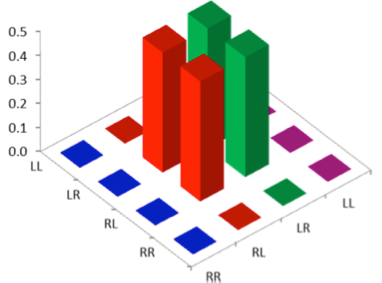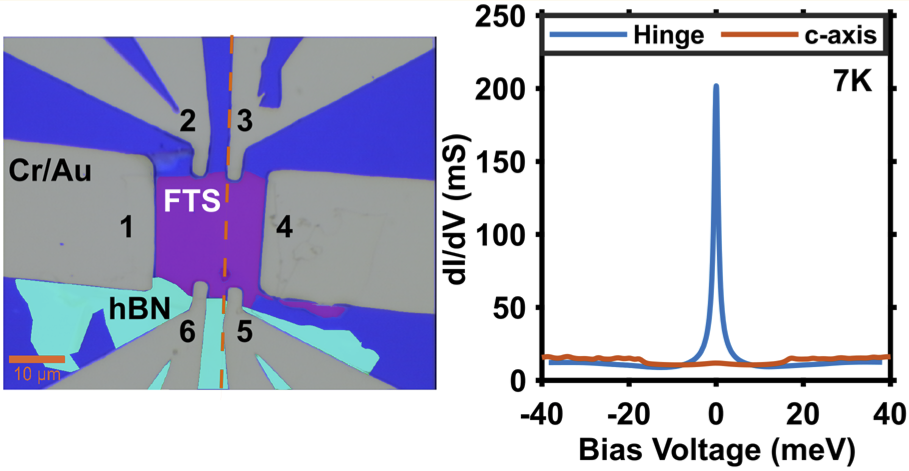Cooper-pair-based photon entanglement without isolated emitters
We show that the recombination of Cooper pairs in semiconductors can be used as a natural source of polarization-entangled photons, making use of the inherent angular momentum entanglement in the superconducting state. Our proposal is not based on opposite spin population of discrete energy levels and thus does not require isolated emitters such as single atoms or quantum dots. We observe that in bulk materials, the photon entanglement would be degraded due to the variety of decay channels available in the presence of light-hole (LH)–heavy-hole (HH) degeneracy. However, we show that the lifting of this degeneracy by use of a semiconductor quantum well should lead to faithful conversion of the Cooper-pair entanglement into photon entanglement. The second-order decay of two-electron states in Cooper-pair luminescence leaves no which-path information, resulting in perfect coherence between two pathways and hence, in principle, perfect entanglement. We calculate the purity of the entangled-photon state and find that it increases for larger LH–HH energy splitting and for lower temperatures. Moreover, the superconducting macroscopic coherence offers an enhancement to the emission rate, making this a promising scheme for efficient generation of entangled photons in simple electrically driven structures.


